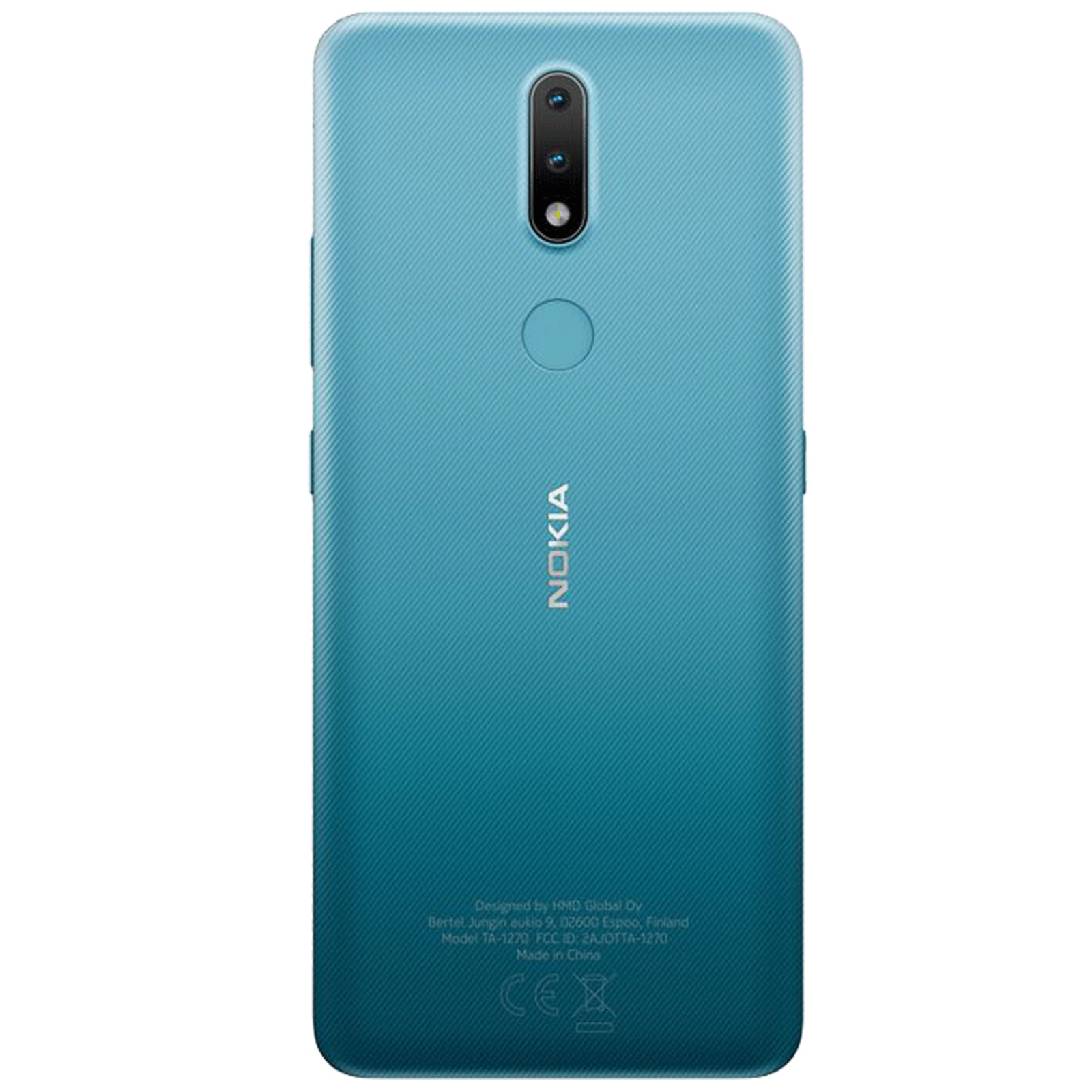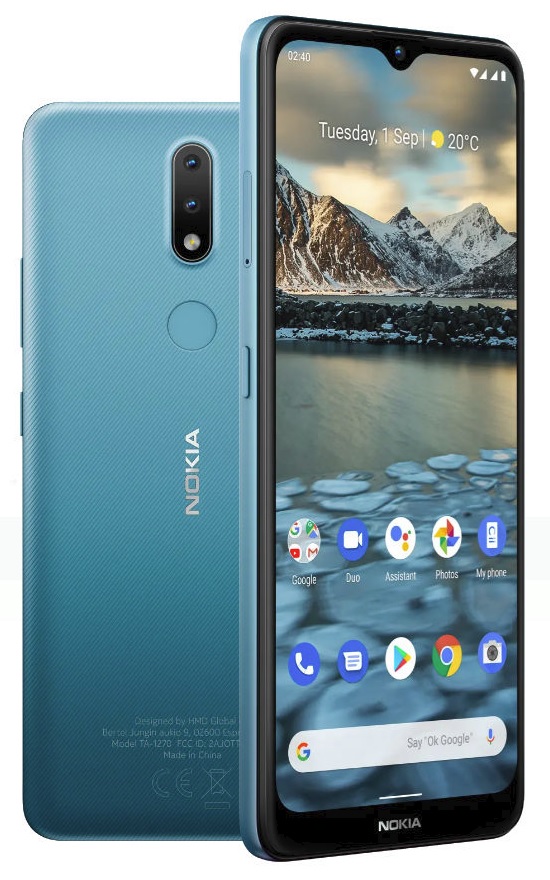

Moving on, there’s a 3.5mm headphone jack at the top frame alongside a primary microphone. Nokia 2.4’s color options are quite attractive as well even though it doesn’t have a fancy reflective back.Īvailable in Fjord, Dusk, and Charcoal variants, the latter that I have with me complements the overall aesthetics nicely.

The tiny space between the ridges may also attract dust particles which will be a little hard to get off. Similarly, the rear panel is immune to fingerprints and smudges too, although it can get a little clammy after a while. This offers a nice grip and even though it’s not a compact phone, I had no trouble holding it in. As expected, it has a polycarbonate body with a 3D nano-textured cover at the back. For what it’s worth, the phone much more premium for the price. It is still sturdy and feels super nice on the hand. Like I said earlier, there’s hardly any deviation in the design language of the Nokia 2.4 compared to the Nokia 2.3-let alone an overhaul. Battery: 4500mAh with 5W charging (5V/1A).Sensor s: Accelerometer (G-sensor), Ambient Light, Proximity.Connectivity: Dual-SIM (Nano), WiFi 802.11 b/g/n, Bluetooth 5.0, GPS / A-GPS / Glonass / Beidou, Micro USB, 4G LTE.Audio: 3.5mm headphone jack, Bottom-firing speaker, 2 microphones.Security: Physical Fingerprint Scanner (rear-mounted).Front Camera: 5MP sensor (teardrop notch).Software & UI: Android 10 (Android One).Storage: 32/64GB eMMC 5.1 internal storage (expandable).Chipset: MediaTek Helio P22 (12nm mobile platform).Resolution: HD+ (1600 x 720 pixels), 20:9 aspect ratio.Display: 6.5-inches IPS LCD panel, 80.6% screen-to-body ratio, 270 PPI.So, how does this “iterative upgrade” of a phone perform? Allow me to discuss more in this review of the Nokia 2.4. Anyway, the new Nokia 2.4 doesn’t really evoke a sense of innovation as the Finnish company didn’t bother to bring any changes from its predecessor-I’m talking about the design, of course. Maybe that’s for the better, or worse: it’s not up to me to say. Nokia phones, especially the budget and mid-range ones, share this cohesiveness in terms of their design, relative performance, and overall user experience.


 0 kommentar(er)
0 kommentar(er)
